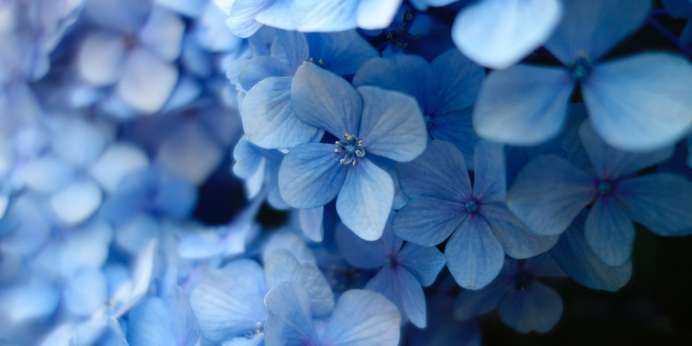
Blue is the color of the sky and water, symbolizing peace and serenity. Though the color is one of the most recently recognized, it’s popular in culture and fashion. Read on for more about the color blue.
Facts About the Color Blue
Here are some facts about blue:
- Blue was the last color to be coined as a term in the English language.
- Blue is infrequent in nature, so blue flowers are created from genetic modification and breeding.
- The idea of blue as the color for boys began after World War II. Manufacturers wanted to sell more clothes by making separate clothing for boys and girls.
- The pigment Prussian blue creates perfect copies of drawings. Architects use this hue to copy their designs, which is where the term “blueprints” came from.
A Brief History of the Color Blue
Due to blue’s rarity in nature, it has a shorter history than other colors. Blue is not present in cave paintings from 20,000 years ago, and the Ancient Greeks did not have a term for blue. Ancient Egyptians valued the blue semiprecious stone Lapis lazuli, so blue became common in their language and clothing.
Though blue was worn mainly by royalty for many centuries, it became a more common color in 431 AD. The Catholic Church depicted the Virgin Mary in a blue robe, adding a positive meaning to the color.
The Meaning of the Color Blue
The color blue symbolizes confidence and authority that is noninvasive and objective. Unlike red, blue is nonthreatening, fostering peace, dependability and security. Since the color produces a slow physiological response, blue is also the color of creativity. Light blue shades improve concentration, and dark blue hues improve thought processes.


